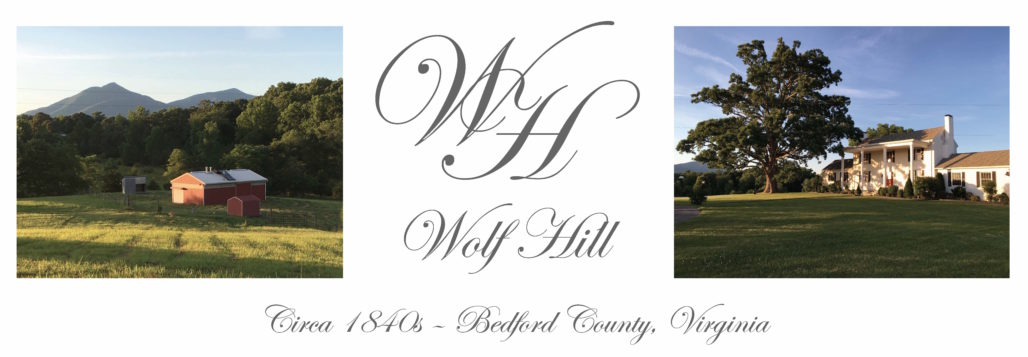
We got the first of our all-natural, non-GMO, soy-free pastured pork back from the butcher the other day. It is delicious. We have already eaten a lot of sausage and pork chops. We fully expected to like these cuts.
However, we were a little concerned about the bacon as it would, of course, be fresh, i.e., uncured. We talked with the folks at the butcher and people have processed lots of their own hogs, and everyone said “it won’t be like bacon you get from the store” with a tone that sounded as if it were meant to give me a warning. This sounded ominous, and we took it to mean “it won’t be as delicious as what you get from the store.”
That made me sad. Bacon is one of those things that we really don’t get enough of around here. There are ten of us, and we all love bacon. Three pounds of bacon doesn’t really get us started, so, if we ever decided to just have bacon sandwiches for a meal or even a snack, we would need to take out a small loan to do it. So, I was disappointed a bit to think that my bacon would not be as good as store-boughten bacon. After all, a big part of raising our own pigs was to have delicious meat for us to eat and sell to folks in Bedford, Lynchburg, Roanoke, and the surrounding area.
All of that said, you might be wondering about the picture above. That picture is of a slab of pork sidemeat, also known as pork belly (not to be confused with pork stomach) or midlin meat. Or, as it is more commonly known in its most famously delicious form–bacon. Bacon is simply cured pork sidemeat, belly, or midlin meat. My parents and grandparents always called it midlin meat. So, I often call it that as well. Big Pig weighed about 280 and produced two slabs this size of midlin meat.
Wanting to get the most out of it, I got it fresh and tried curing some at home with a salt cure. I then had some scrap pieces that I had cut off before I did the curing, so I decided to just fry it in a cast-iron skillet and try it. And . . . wow, they were right, it is not like store-boughten bacon! Instead, it is even better! It was astoundingly, unbelievably, wonderfully better than store-boughten bacon.
Then, we tried some of the bacon that I cured, and we came to the same conclusion. It was the best bacon that I have ever had in my life. I ate two big sandwiches of it. But, honestly, I thought it was just as good not cured but just seasoned with a little salt, pepper, and other seasonings right in the skillet and cooked over medium heat until desired crispiness. Honestly, it was unbelievable how good it was.
We also tried some of the pieces I had trimmed off in some green beans to flavor them and wow, they were delicious as well. (My wife put green beans, cut up potatoes, some trimmings from the midlin meat, and a few other seasonings in one of our big cast-iron dutch ovens. I wasn’t even hungry because I had eaten way too much bacon already, but they were so delicious with that midlin meat in there that I ended up eating a huge heaping plate full!)
So, now that I know what people mean when they say that midlin meat, or side meat, or uncured bacon is just not like bacon you get from the store, I am having the butcher slice the midlin meat and vacuum seal it in about one pound packages so we can have it whenever we like. Just thaw it out, throw it in the skillet or in whatever dish we want some delicious flavoring in along with a little bit of seasoning, and enjoy! And, we should be getting our first pig processed under inspection back very soon, which means we might well have non-GMO, all-natural, soy-free, outrageously delicious pork to sell this weekend!
P.S. If you were looking for a great recipe for cooking uncured midlin meat, unfortunately, this is about the best I can do. This is about the best I can do in telling you how to cook uncured pork belly or bacon because: (1) I don’t cook anything except meat in our house (my wife is too good of a cook for me to mess around in the kitchen much) and (2) I just eyeball how much seasoning to add to meat when I cook it. I don’t follow recipes, and therefore I can’t really give you one. So, the recipe is add some fresh midlin meat slices, salt, pepper, and some other spices to a greased cast-iron skillet and cook it until you think it looks about done. That is all it takes to prepare the most delicious “bacon” ever!











